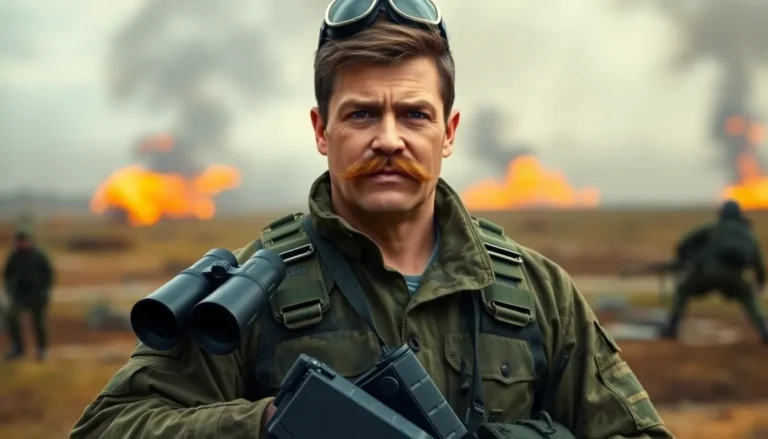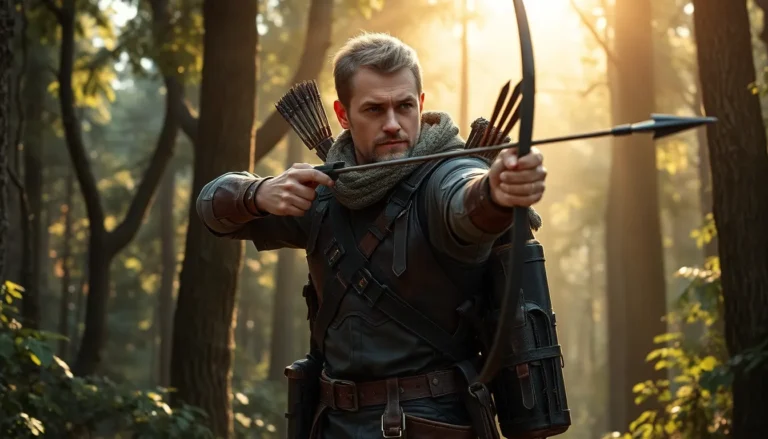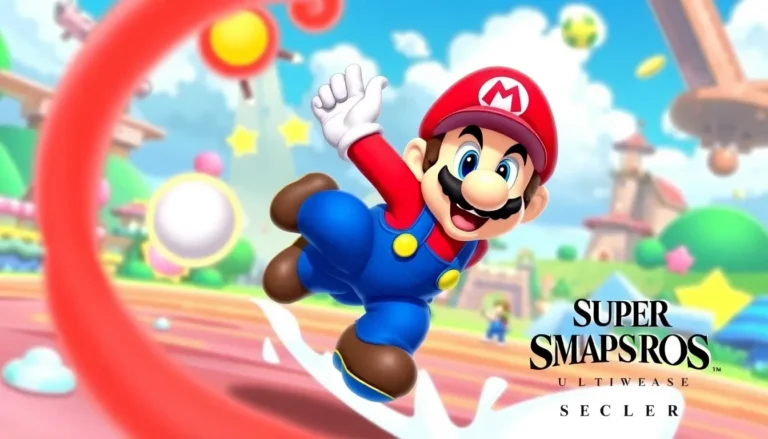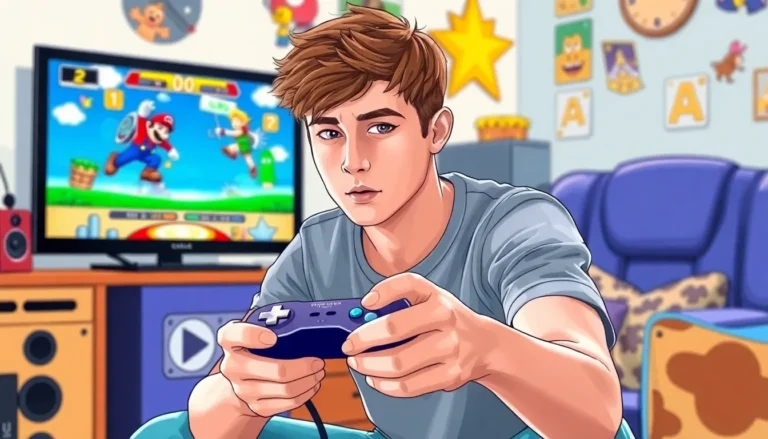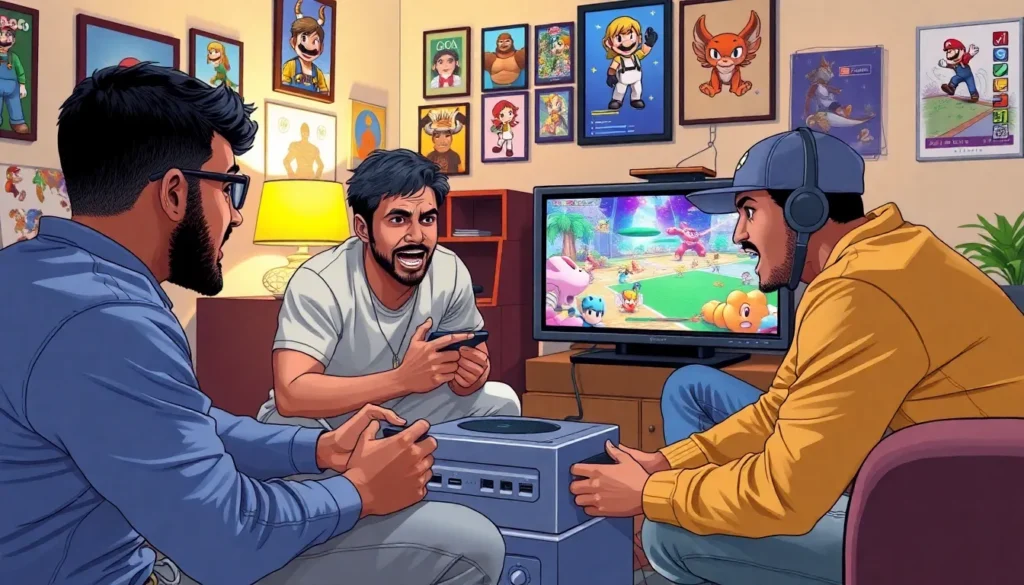Table of Contents
ToggleIn the vibrant world of gaming, few titles spark as much nostalgia and excitement as Super Smash Bros. Melee on the GameCube. This iconic brawler transformed living rooms into arenas and friends into fierce rivals, all while unleashing a flurry of beloved characters. Whether you’re throwing a fireball with Mario or launching Pikachu into the stratosphere, the adrenaline rush is undeniable.
But it’s not just about the epic battles; it’s about the laughter, the friendly trash talk, and those unforgettable moments when a last-second KO turns the tide of the game. With its fast-paced gameplay and a roster that seems to have no end, Super Smash Bros. Melee remains a timeless classic. So grab your GameCube controller and get ready to dive into a world where every match can be a legendary showdown.
Overview of Super Smash Bros GameCube
Super Smash Bros. Melee stands as a pivotal title on the GameCube, released in 2001. This game broadened the appeal of fighting games through its unique blend of platforming and combat mechanics. Competitive players recognize it for its depth and skill ceiling, making it a staple in esports.
Character selection includes iconic figures like Mario, Link, and Pikachu, each featuring unique moves and abilities. Players can engage in various game modes, from standard matches to tournaments, ensuring engaging gameplay for everyone. Stage variety enhances the experience, with locations drawn from multiple Nintendo franchises.
It introduced advanced mechanics that influenced future fighting games. Techniques such as wavedashing and L-cancelling are essential for mastering gameplay. Players often find themselves immersed in fast-paced battles, which create an adrenaline-fueled atmosphere during multiplayer sessions.
Thanks to its vibrant art style and catchy soundtrack, the game remains visually appealing and sonically engaging. Nostalgia plays a significant role, as many players cherish memories of late-night tournaments and friendly competitions. Community events and tournaments continue to thrive, showcasing the game’s longevity.
Legacy impacts players even today, as they frequently cite Super Smash Bros. Melee as one of their favorite gaming experiences. Its blend of competitive spirit and fun maintains a dedicated fan base. From casual play to professional tournaments, Super Smash Bros. Melee on the GameCube offers entertainment and excitement that endures through generations.
Gameplay Mechanics
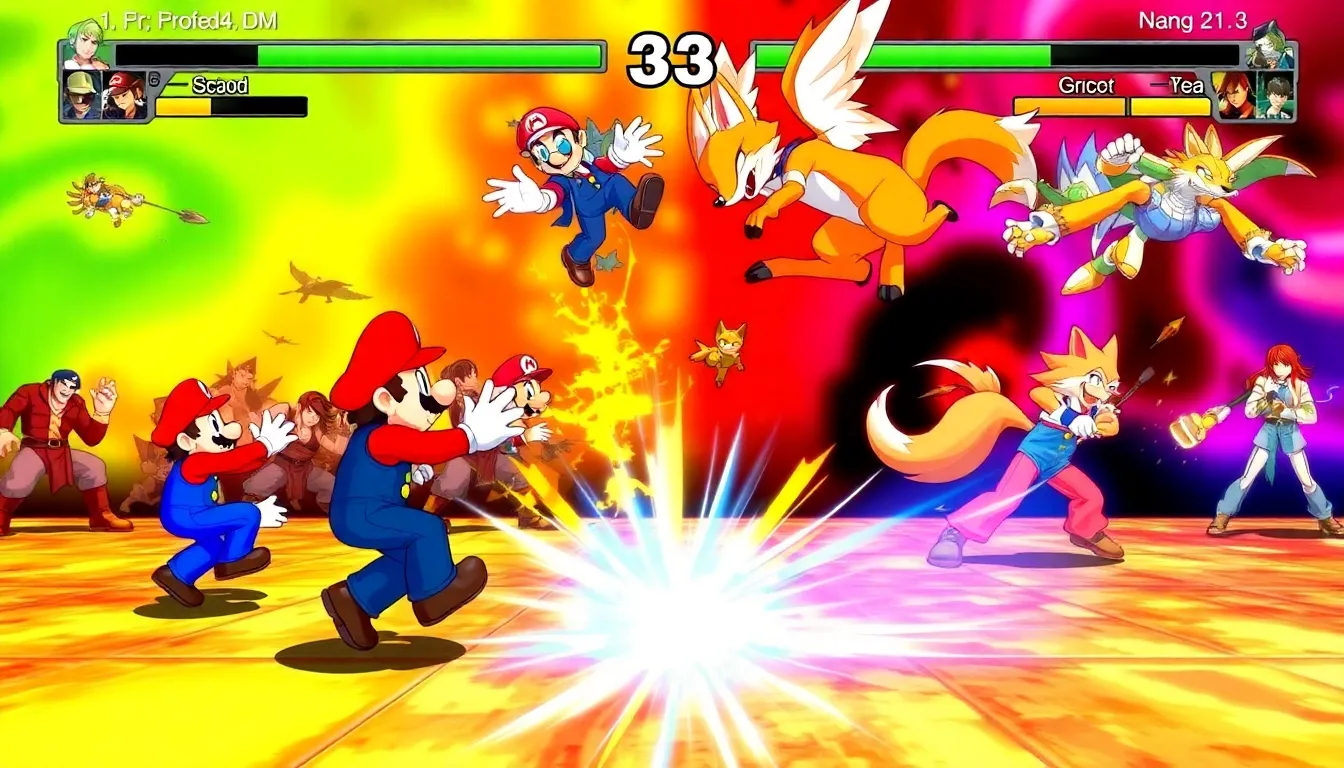
Gameplay mechanics in Super Smash Bros. Melee create a dynamic and engaging experience. Players engage with various elements that enhance competitiveness and enjoyment.
Character Selection
Character selection plays a crucial role in gameplay. Players choose from a roster of 26 iconic characters, factoring in distinct abilities and moves. Each character serves a unique playstyle, accommodating both casual and competitive players. Examples include Mario’s versatility and Fox’s speed, making these characters appealing in diverse situations. This variety keeps the game fresh, as players can adapt their strategies based on character matchups and personal preferences.
Combat System
The combat system captivates players through its fast-paced mechanics. Attacks, dodges, and counters enable thrilling exchanges during matches. Players utilize simple button combinations for executing powerful moves and special abilities. Notably, advanced techniques like wavedashing and L-cancelling enhance movement and reduce landing lag, adding strategic depth to gameplay. The option to spike opponents off edges or perform aerial combos keeps battles unpredictable, encouraging skill development and mastery. Players frequently explore varied strategies, making each match a unique experience.
Game Modes
Super Smash Bros. Melee offers a variety of game modes that cater to different player preferences, enhancing the overall gaming experience. Each mode provides unique challenges that keep players engaged.
Adventure Mode
Adventure Mode presents a story-driven journey where players traverse themed stages inspired by Nintendo franchises. Players encounter various enemies and bosses, each requiring distinct strategies to defeat. Collecting items along the way aids in battle, adding depth to gameplay. Characters face platforming challenges that blend combat with exploration. Successfully completing this mode unlocks additional content, rewarding players for their efforts.
Classic Mode
Classic Mode embraces a traditional fighting game format where players battle through a series of opponents. Players face a set number of battles before confronting a final boss. Difficulty levels can be adjusted, catering to both newcomers and veterans. Each round features unique matchups, testing players’ skills against the AI. The diversity of challenges ensures an entertaining experience every time, making it a staple for quick play sessions.
Multiplayer Options
Multiplayer options allow players to engage in intense local or online fights with friends. Customizable settings let players determine rules, stages, and items for each match, creating an adaptive playing environment. Support for up to four players encourages friendly competition, fostering a vibrant social atmosphere. Various modes, including stock and time battles, enable diverse gameplay experiences. The thrill of competing against friends extends the game’s longevity, making each gathering memorable.
Strategies for Success
Mastering Super Smash Bros. Melee involves understanding character abilities and stage dynamics. Developing effective strategies enhances competitive play and overall enjoyment.
Character Strategies
Choosing the right character significantly impacts performance. Each character, like Mario or Pikachu, offers distinct advantages and playstyles. Utilizing unique moves effectively allows players to execute combos and control their space. Players should learn to capitalize on character-specific strengths, such as Yoshi’s powerful aerial attacks or Fox’s agility. Adapting to opponents’ weaknesses creates winning possibilities. Incorporating advanced techniques, like wavedashing and L-cancelling, further enhances character mobility and attack efficiency. Recognizing matchups between characters can aid in strategic decision-making throughout the game.
Stage Strategies
Understanding stage layouts contributes to gameplay success. Stages have different characteristics, affecting movement and attack options. Familiarity with platforms, edges, and hazards allows players to position themselves advantageously. Utilizing platforms can aid in executing aerial combos or evade attacks. Stages such as Final Destination favor characters with projectile moves and quick aerial attacks, while stages like Yoshi’s Story offer more options for edge guarding. Adjusting strategies based on the chosen stage promotes adaptability. Players should also focus on controlling the center of stages to limit opponents’ movements, which can provide a strategic edge in crucial battles.
Impact on Gaming Culture
Super Smash Bros. Melee significantly influenced gaming culture from its release in 2001. As a pioneer in the fighting game genre, it attracted both casual players and competitive gamers through its approachable mechanics and intricate strategies. Tournaments quickly emerged, turning local gatherings into large-scale competitive events, fostering community engagement and shared experiences.
The game’s diverse cast of 26 characters, such as Mario, Link, and Pikachu, enhanced its appeal and created a strong fan connection. Each character embodies unique abilities, which promotes exploration of various playstyles. Engaging with these characters led players to discover their preferences, further enriching their gaming experiences.
Community-driven initiatives played a crucial role in the game’s sustained popularity. Online forums and social media platforms facilitated discussions, strategies, and match highlights. Players routinely analyzed tournaments, contributing to the game’s strategic depth. Passionate fans also created content, generating tutorials and streams that broadened the game’s reach.
Esports organizations embraced Super Smash Bros. Melee, showcasing it at professional levels. High-stakes tournaments regularly featured in events like EVO, allowing players to compete for recognition and prize money. This recognition solidified its status as a competitive staple.
Nostalgia remains a powerful force driving interest in the game. Many players fondly recall the late-night competitions and the thrill of victory from those memorable matches. Referencing these moments proves essential in understanding the game’s cultural impact.
Finally, the vibrant art style and memorable soundtrack added layers to the immersive experience. Such qualities fostered a deep emotional connection for players, creating a lasting legacy. Through its unique blend of competitive and social elements, Super Smash Bros. Melee continues to resonate within gaming culture today.
Super Smash Bros. Melee remains a cornerstone of gaming culture with its unique blend of competitive gameplay and nostalgic charm. Its ability to bring players together for thrilling battles is unmatched. The game’s deep mechanics and diverse character roster continue to captivate both newcomers and seasoned veterans alike.
As community events and tournaments thrive, the excitement surrounding Melee shows no signs of fading. Players constantly seek to master their skills and explore the game’s intricacies. With its vibrant art style and memorable soundtrack, Super Smash Bros. Melee is not just a game but a cherished experience that transcends generations.



